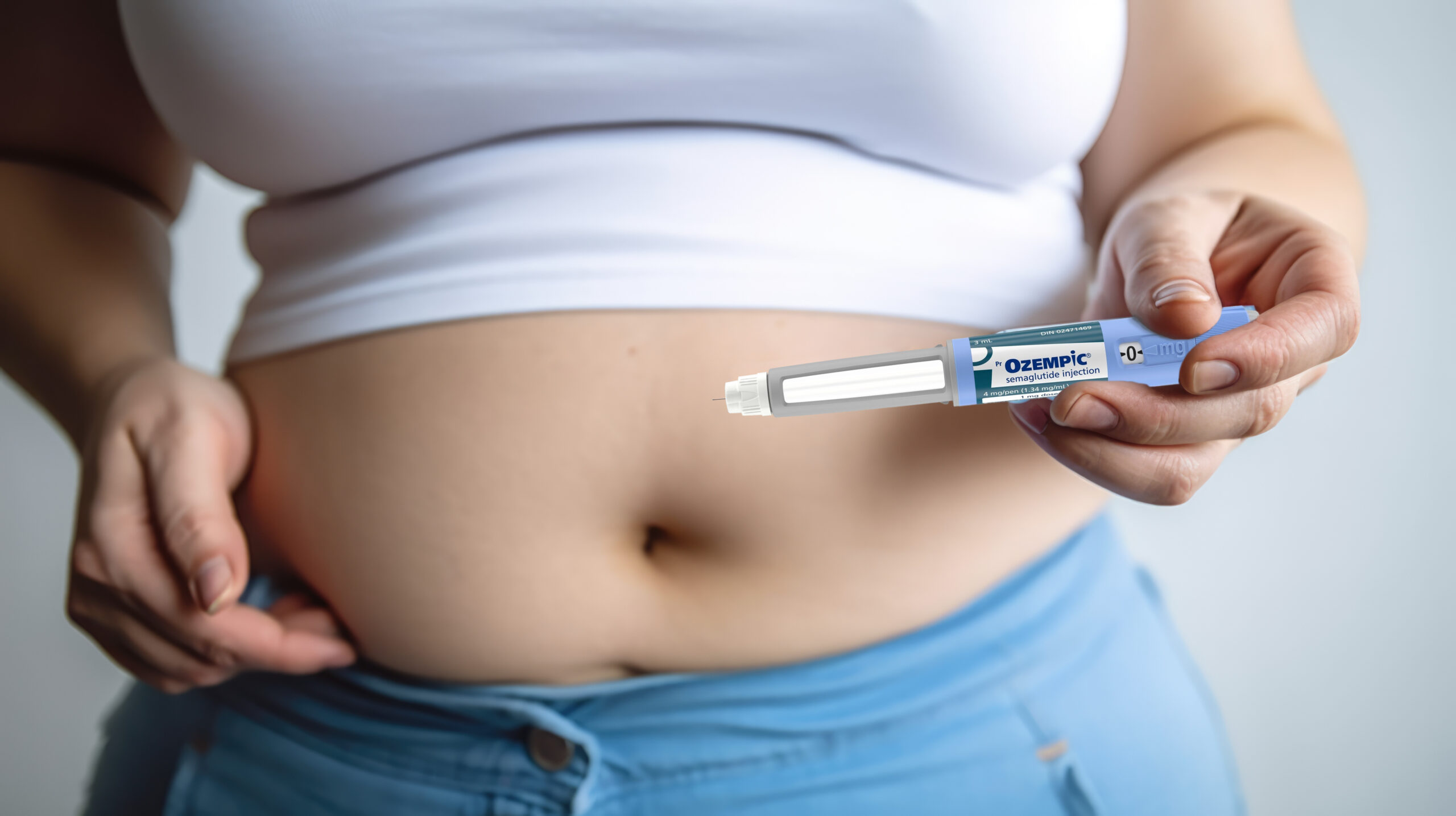With COVID-19 surging after the Christmas and New Year’s holiday season, and the two vaccines, to date, relatively slow in the initial inoculation phase, any potential, safe, preventive therapy, as an adjunct to current modes of treatment, is a blessing. Researchers from the United Kingdom, United States, and New Zealand report in the December 2020 issue of the online, peer reviewed journal Nutrients, that, “vitamin C’s antioxidant, anti-inflammatory, and immunomodulating effects make it a potential therapeutic candidate, both for the prevention and amelioration of COVID-19 infection, and as an adjunctive therapy in the critical care of COVID-19.”
The research, Vitamin C – An Adjunct Therapy for Respiratory Infection, Sepsis, and COVID-19, states that, “the evidence to date indicates that oral vitamin C (2–8 g/day) may reduce the incidence and duration of respiratory infections, and intravenous vitamin C (6–24 g/day) has been shown to reduce mortality, intensive care unit (ICU) and hospital stays, and time on mechanical ventilation for severe respiratory infections.”
Vitamin C, a water-soluble nutrient, is derived by humans only from the diet or supplementary intake – owing to a gene mutation prior to the human evolutionary period, unlike certain other species.
The researchers point out that in the European Union, the average vitamin C requirement is 90 mg/day for men and 80 mg/day for women, while the Swiss Society of Nutrition recommends that, “everyone supplement with 200 mg to fill the gap for the general population, and especially, for adults age 65 and older.”
The Linus Pauling Institute, here in the US, recommends 400 mg of vitamin C per day for adults 50 years and older.
“Pharmacokinetic studies in healthy volunteers,” comment the researchers, “support a 200 mg daily dose to produce a plasma level of circa 70 to 90 μmol/L. Complete plasma saturation occurs between 1 g daily and 3 g every four hours, being the highest tolerated oral dose, giving a predicted peak plasma concentration of circa 220 μmol/L.”
Further, they note that, “the same dose given intravenously raises plasma vitamin C levels approximately ten-fold. Higher intakes of vitamin C are likely to be needed during viral infections, with 2–3 g/day required to maintain normal plasma levels between 60 and 80 μmol/L.”
However, it’s pointed out that further research is needed to determine whether or not higher plasma levels of vitamin C have additional value.
It’s also important to point out that there may be certain side effects from high levels of vitamin C intake, such as looser bowel movements and diarrhea. The researchers comment that side effects, “rarely occur below 3 g/day and tolerance is increased considerably, when fighting a viral infection.”
Another side effect might be kidney stone formation. Yet, the researchers say, “a cautious position would be to exclude those with a history of kidney stones or kidney dysfunction from high-dose oral or intravenous vitamin C, unless medically supervised. Short-term high-dose vitamin C in the region of 2–8 g/day is unlikely to be of significant concern in people with normal kidney function.”
For those individuals with “specific genetically inherited metabolic issues that affect vitamin C utilization, “it may be wise for those with haemochromatosis or thalassaemia to avoid high-dose vitamin C taken with iron-rich foods or supplements and short-term high-dose vitamin C to be medically monitored.”
Here’s what the researchers point out relative to vitamin C deficiency and Pneumonia, Sepsis (a serious condition resulting from the presence of microorganisms in the blood or other tissues), and COVID-19. “Low vitamin C levels are common in critically ill, hospitalized patients with respiratory infections, pneumonia, sepsis, and COVID-19, the most likely explanation being increased metabolic consumption.”
In terms of vitamin C’s efficacy relative to the common cold, “a Cochrane Review of placebo-controlled trials giving oral vitamin C for preventing and treating colds found that supplementation above 200 mg did not reduce the incidence in the general population.”
However, comment the researchers, “in five trials involving a total of 598 marathon runners, skiers and soldiers on subarctic exercises, vitamin C reduced the incidence of colds by 52%,” which led the researchers to conclude, “based on these findings, vitamin C appears to influence resistance to viral infections in special conditions, such as during brief periods of severe physical exercise.”
With reference to vitamin C use with COVID-19, the Nutrients researchers say that currently there are 45 trials registered on Clinicaltrials.gov investigating vitamin C with or without other treatments for COVID-19.
Based on their review of data to date, the researchers concluded, “people in high-risk groups for COVID-19 mortality, and at risk of vitamin C deficiency, should be encouraged to supplement with vitamin C daily to ensure vitamin C adequacy at all times, and to increase the dose, when virally infected to up to 6–8 g/day. Whether or not this will prevent conversion to the critical phase of COVID-19 has yet to be determined.”
Interested in reading more? Check out Covid-19: Prioritizing a Nutrient Based Immune Defense






